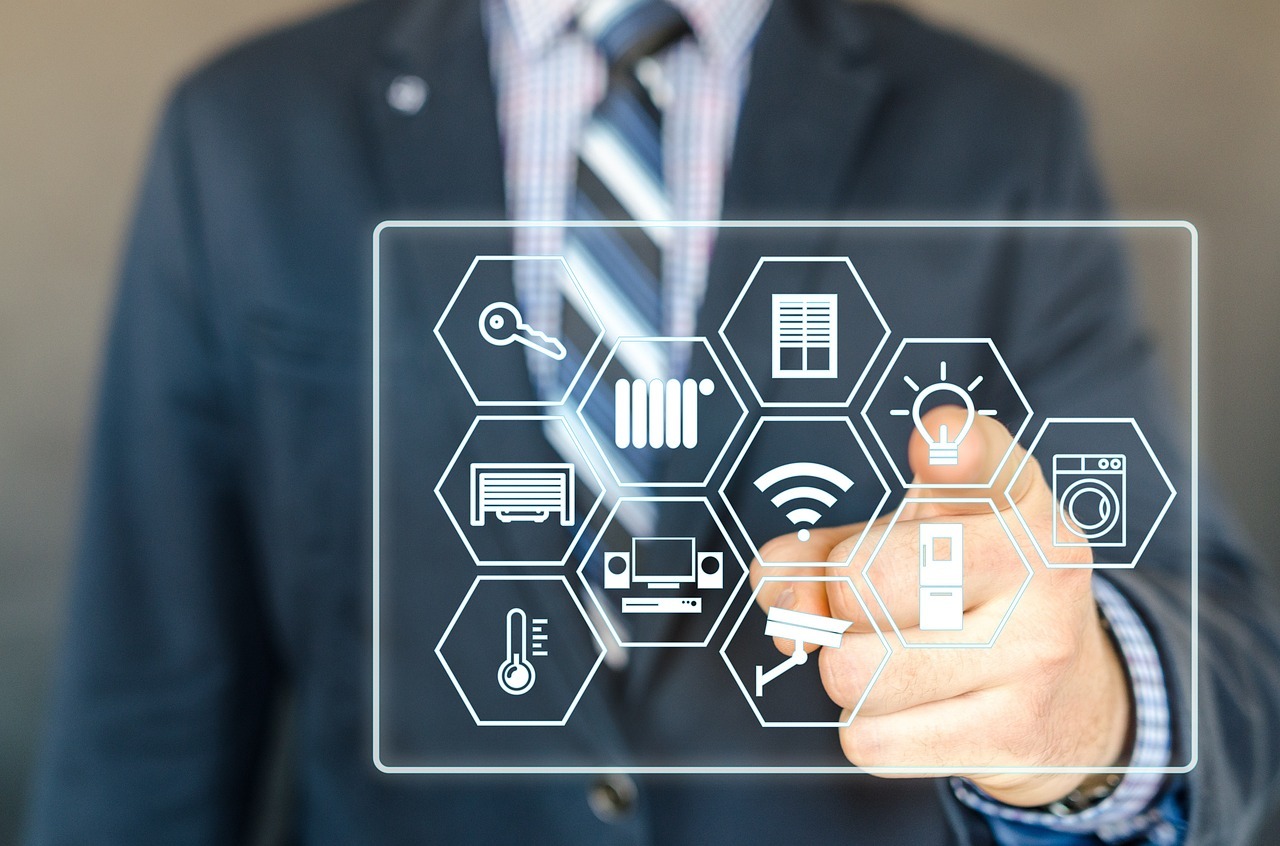Retail in the digital age has undergone a massive transformation as technology continues to reshape the consumer experience. With the rise of e-commerce, social media, and mobile devices, consumers have more options than ever before when it comes to shopping.
As a result, retailers must stay ahead of the curve and embrace new technologies to attract and retain customers. We will delve into the latest trends in retail technology and highlight best practices that retailers can adopt to stay relevant in the digital age.
Personalization: Customization at Scale
One of the most significant ways technology is reshaping the consumer experience is through personalization. With the advent of big data and machine learning, retailers can now offer customization at scale.
One example of this is the use of bench scales in grocery stores. With these scales, retailers can offer customers customized portions of meat and cheese, allowing them to purchase only what they need and reducing food waste.
Additionally, retailers can use data gathered from customer purchases to offer personalized recommendations and promotions, tailoring their offerings to individual preferences and needs. This level of personalization improves the customer experience, drives sales, and builds brand loyalty.
As technology continues to evolve, we can expect even more advanced forms of personalization, further enhancing the retail experience for consumers.
Omnichannel: Seamless Shopping Experiences
Omnichannel retailing is becoming increasingly important for retailers seeking to provide a seamless shopping experience for their customers. This approach integrates a retailer’s sales channels, including brick-and-mortar stores, e-commerce websites, and social media platforms, to provide customers with a consistent and personalized experience across all touchpoints.
One key technology that can make this seamless integration possible is point-of-sale systems (POS). These systems can be used to place orders and make payments, and the data can be instantly transmitted to a retailer’s e-commerce platform.
POS systems typically include features such as inventory management, employee management, and reporting capabilities. They can accurately track inventory levels, ensuring that products are always available when needed.
Further, these systems can also manage customer information, allowing businesses to personalize the shopping experience and build customer loyalty.
Augmented Reality: Visualize Products
Retailers can use AR to create an immersive shopping experience for their customers, allowing them to see how a product would look in their home or office space. This technology can be particularly useful for retailers selling large or bulky items, such as furniture or appliances.
For example, a retailer selling bench scales can enable customers to visualize how the product would look in their kitchen or laboratory using AR. Retailers can increase customer engagement and drive sales by providing an interactive and engaging shopping experience.
AR technology is becoming increasingly accessible and affordable, making it a valuable tool for retailers looking to stay ahead in the digital age.
Chatbots: On-Demand Customer Service
Chatbots are becoming increasingly popular on-demand customer service tools in the retail industry. These automated systems use natural language processing to provide helpful responses to customer inquiries and can handle a variety of tasks, such as answering frequently asked questions and providing product recommendations.
Chatbots can be integrated into a retailer’s website, mobile app, or social media channels to provide customers with 24/7 support. This technology is particularly useful for handling high volumes of customer inquiries and freeing up human customer service representatives to handle more complex issues.
In addition to improving customer service, chatbots can provide valuable insights into customer behavior and preferences through data analysis. This information can then improve product offerings, marketing strategies, and overall customer experience.
Still, it’s important to note that chatbots should not replace human interaction, as some customers may still prefer speaking to a representative directly.
Data Analytics: Understanding Consumer Behavior
Data analytics is critical in optimizing retail operations and improving efficiency. Analyzing data from various sources, retailers can gain valuable insights into consumer behavior, preferences, and shopping patterns. This information can be used to make informed decisions on everything from inventory management to pricing strategies.
For instance, retailers can use data analytics to analyze sales trends and optimize inventory levels, reducing the likelihood of stockouts and overstocking. With the help of data analytics, retailers can also identify opportunities to upsell and cross-sell products to customers.
Mobile Payments: The Preferred Mode of Convenience
Mobile payments have been gaining popularity in recent years, and the trend is not expected to slow down anytime soon.
Thanks to mobile payments ‘ convenience and security, consumers are increasingly using their smartphones to make in-store and online purchases. Retailers are taking notice of this trend, and many are adopting mobile payment systems to keep up with consumer demand.
As a result, retailers are also investing in new technology to support mobile payments. With the rise of mobile payment channels like e-wallets and cryptocurrency, retailers must adapt to provide their customers with a seamless and secure payment experience.
Final Thoughts
The rise of e-commerce and mobile shopping has changed the way consumers shop and interact with brands. Retailers must adapt to these changes to remain competitive and relevant in the digital age. Embracing technology and incorporating it into all stages of the consumer experience, retailers can provide a seamless and personalized shopping journey that meets modern consumers’ evolving needs and expectations.
The future of retail lies in the intersection of technology and human touch, where the use of innovative tools and data analytics can enhance the in-store experience and help retailers build lasting relationships with their customers.

